
Banana Blossom Salad – Cheap Dinner Idea!
Home grown cheap and easy recipe
Last orders sent out Dec. 16th! You can still place orders, but they won’t be sent out before Jan. 6th. Merry Christmas!
Lemongrass (Cymbopogon citratus) also called West Indian Lemon grass is the main species used for cooking.
The East Indian Lemongrass (Cymbopogon nardus ) is also used for cooking but less suitable.
This article is about how to tell the two apart and what is the difference in use and gardening. But first, let’s have a look at some other members of the family:
Citronella grass (Cymbopogon nardus) is used for citronella essential oil production. But also Java citronella (Cymbopogon winterianus) is used for that purpose.
Barbed wire grass (Cymbopogon refractus) and Australian lemon scented grass (Cymbopogon ambiguus) are two native lemon grasses which can be used.
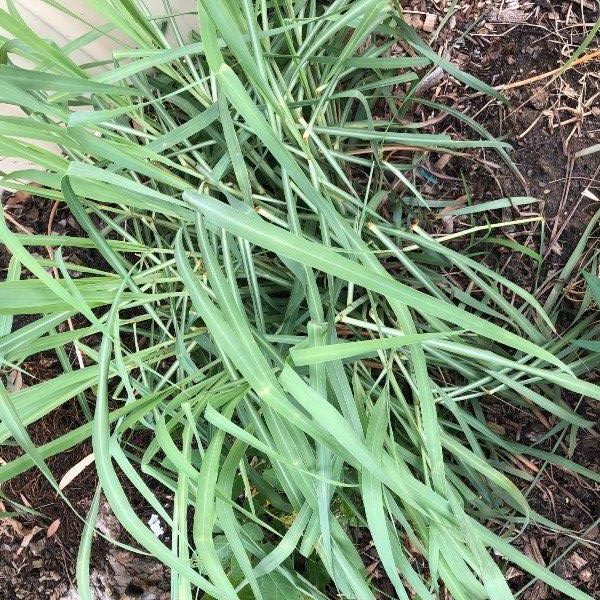
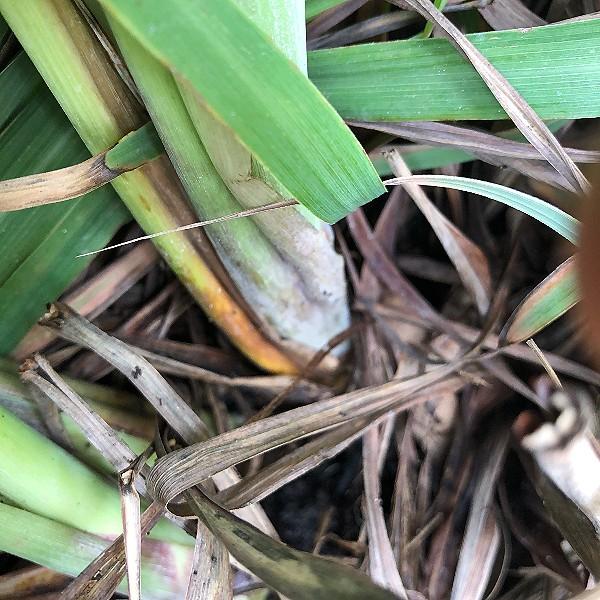
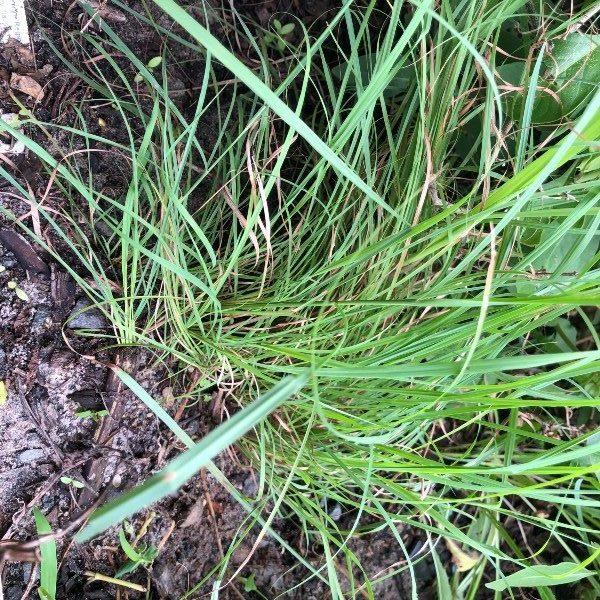
The plant I have grown as C citratus was not grown from seed but it has a little purplish tinge which it should not have according to literature. The seed grown C. flexuosus hasn’t. The seed grown is maybe 3 months old and was planted out of the pot only a week ago, so the height is not a criterion.
If you know more about how to distinguish these two species please let me know!
Both are used interchangeably and I have both for sale. The note with the purple tinge is found over and over in such an identical manner, that I suspect it’s copied from each other.
This blog post is in the making and I will post better information as soon as I have got some input!
I have both varieties available:
Share:

Home grown cheap and easy recipe
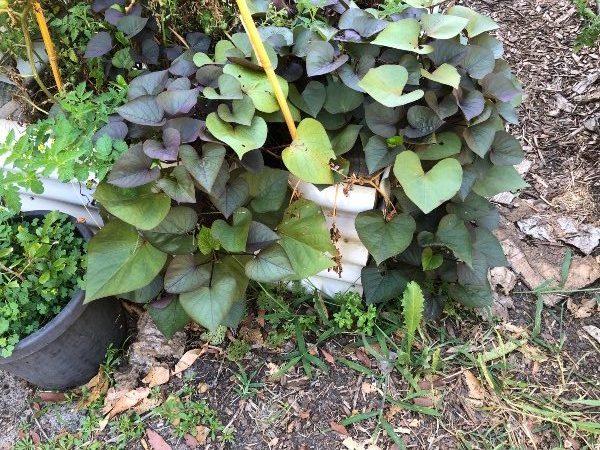
I switched from in-ground to raised beds and this is what I found.
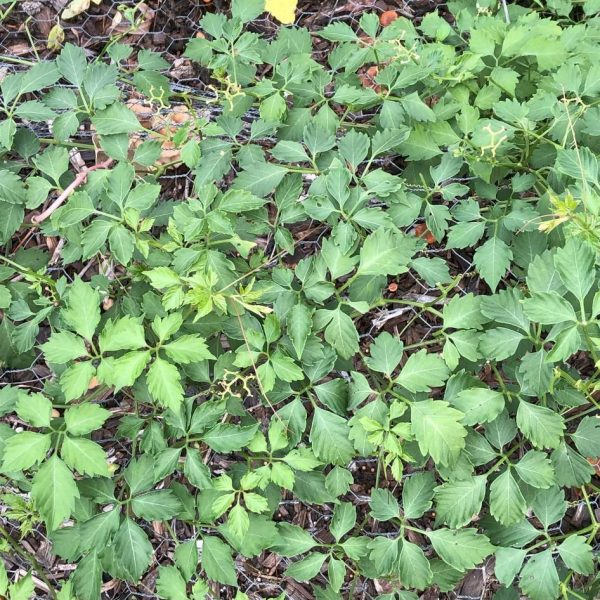
Why to embrace weeds in your edible landscape!
The best way to understand how the water flows on your property is to put on the gumboots and a raincoat and walk on your